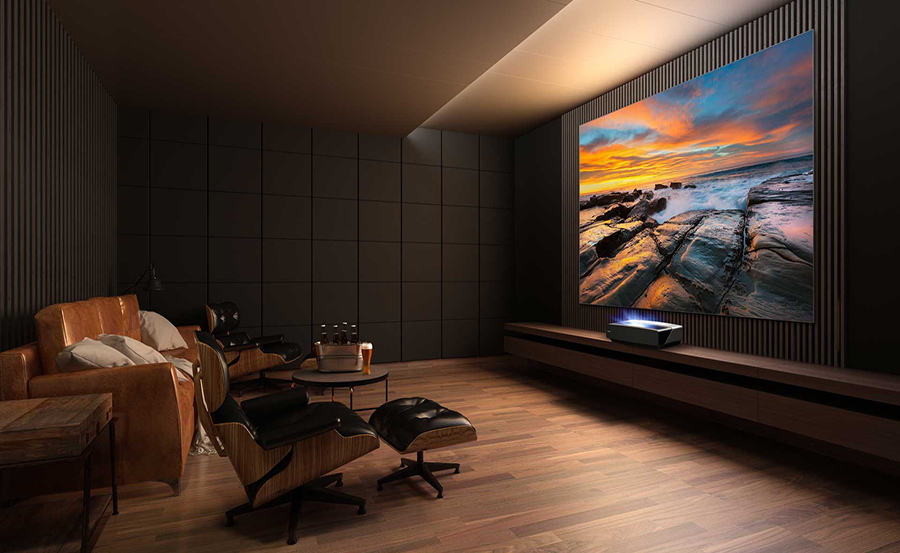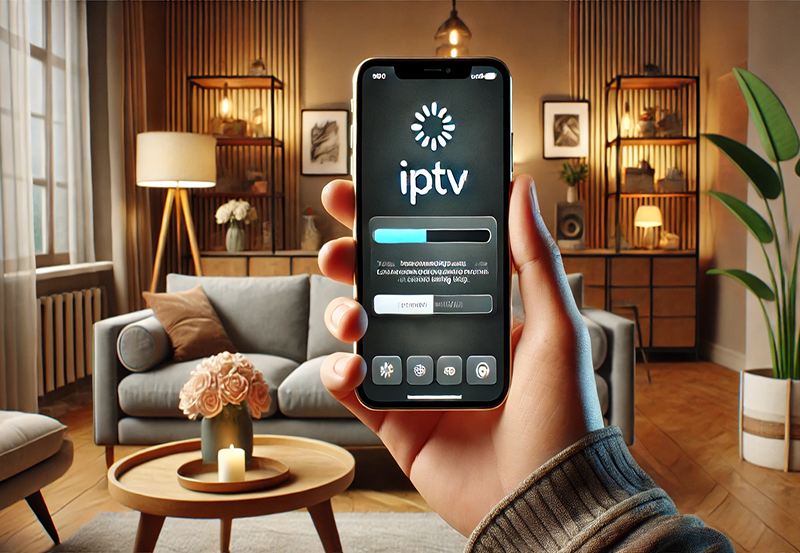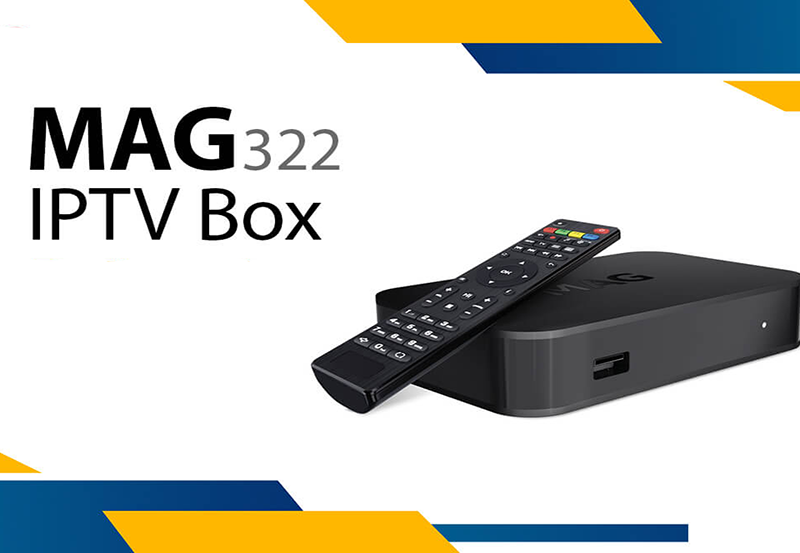In a world overflowing with technology, televisions have become more than just a box for entertainment. The smart TV market has diversified, offering buyers a plethora of options tailored to their specific desires. Among the players in this dynamic arena, Hisense has emerged as a noteworthy competitor. But how does Hisense Smart TV stack up against other renowned brands like Samsung, LG, and Sony? This article is tailored to guide tech enthusiasts, budget-conscious buyers, and curious consumers through a comprehensive comparison, unveiling the various facets of smart TVs.
The Rise of Hisense in the Smart TV Market
The Backstory of Hisense
Founded in 1969, Hisense has grown from a humble start to being a prominent name in the electronics sector. While initially lesser-known in Western markets, it’s made significant strides thanks to strategic partnerships and a focus on technology innovation. But how did Hisense carve its niche in the competitive smart TV industry?
With a constant drive to deliver quality at accessible prices, Hisense has tapped into consumer needs, offering smart TV models that are packed with features without breaking the bank. This approach has resonated particularly well with users looking to get the most out of their IPTV providers and those scouting for the best IPTV deals.
Expert Advice:
Access the best global content with IPTV service in Canada for unmatched variety and performance.
Technological Innovations and Milestones
Hisense has consistently invested in R&D, leading to impressive technological breakthroughs. From ULED displays to game mode optimization, Hisense TVs deliver notable picture quality and user responsiveness. The firm has also been an advocate for smart home integration, ushering in a seamless user experience across different devices.
Furthermore, Hisense’s advent into the global market witnessed the brand adopting various operating systems like Roku and Android TV, offering diverse interfaces to enhance the overall viewing experience. By doing so, they positioned themselves advantageously, especially appealing to IPTV users seeking the ultimate IPTV experience unlocked with ease.
Hisense vs. Leading TV Brands
Pricing and Affordability
Price is often a decisive factor for many buyers. Hisense’s range generally undercuts its competitors, making it an attractive choice for budget-savvy consumers. But does a lower price tag compromise quality?
Samsung and Sony have long been associated with premium pricing and equally premium features, often justifying the cost with cutting-edge technology. Hisense, while competitive in terms of pricing, surprisingly offers comparable features, challenging the notion that higher price directly equates to higher quality.
A Closer Look at Pricing Models
Hisense has harmonized affordability with technology, often merging introductory and mid-range categories into their models. In contrast, brands like LG and Panasonic position themselves with distinct pricing tiers associated with specific feature sets. Hisense’s pricing model proves particularly appealing to users searching for the best IPTV deals, providing value without compromise.
Display and Picture Quality
Display quality remains a core aspect of any television. Hisense claims to offer the ultimate viewing experience through its ULED technology. In comparison, Samsung’s QLED and LG’s OLED technologies are celebrated for their vivid colors and deep blacks.
While Hisense may not always match OLED in terms of absolute performance, it holds its ground firmly, especially in terms of color accuracy and upscaling capabilities. For casual viewers or those primarily relying on IPTV content, Hisense’s display offers more than adequate clarity and vibrance.
Resolution and HDR Capabilities
Hisense models often come equipped with HDR10 and Dolby Vision, enhancing viewing by delivering richer content. On the other hand, the top-tier models of brands like Sony push the envelope with innovations such as Cognitive Processor technologies, which refine picture output dynamically. However, Hisense’s offering remains highly competitive, unlocking an immersive IPTV experience without exorbitant costs.
Features and User Experience
Smart TV Platforms
Operating systems are pivotal in determining a smart TV’s usability. Hisense TVs commonly run on either Android TV or the custom Vidaa U interface. Hisense’s integration with Google Assistant and Alexa is a major convenience selling point, effortlessly syncing with smart home devices.
Samsung’s Tizen OS and LG’s WebOS stand out for their robust ecosystems and intuitive navigation. Comparatively, Hisense’s offering loses some ground in sophisticated app ecosystems but compensates with a straightforward interface that many users prefer.
Sound Quality and Audio Features
No TV experience is complete without good sound. Hisense integrates Dolby Atmos and DTS for surround sound experiences across various models. Still, competitors like Sony, with their Acoustic Surface Audio technology, have set a benchmark in audio innovation.
The sound offerings can significantly affect content consumption, especially for IPTV users who prioritize an immersive audiovisual environment. Hisense delivers decent audio output, albeit lacking the finesse found in higher-end brands.
Additional Features and Peripherals
Hisense’s inclusion of game modes, minimal lag, and voice remote control amplifies usability, particularly for younger audiences and gamers. However, brands like Samsung often offer additional connectivity with bespoke soundbars and smart hubs, enhancing the interconnected user experience.
Consumer Perspectives and Market Reception
User Reviews and Feedback
Hisense receives praise for its value proposition, often earning positive reviews for its combination of price and features. Yet, customer feedback also highlights areas such as post-purchase support and firmware updates, where improvements could be made.
Brands like LG and Sony, while more expensive, generally benefit from robust customer service infrastructures, enhancing their market reputability. For customers eyeing long-term investment in premium IPTV experiences, such elements are pivotal in decision-making.
Global Market Standing
Hisense has rapidly scaled up, now standing in direct competition with industry giants. Its penetration in markets like North America and Europe symbolizes a growing acceptance and trust in its brand offerings.
In contrast, Samsung continues to lead with substantial market shares worldwide, driven by brand loyalty and consistent technological excellence. Nevertheless, Hisense’s steady market infiltration gestures towards a dynamic shift, particularly appealing to consumers keen on unlocking the best IPTV experience without immense investment.
A Bold Choice or a Smart Compromise?
As televisions continue to evolve, the decision between Hisense and its competitors becomes more complex yet fascinating. Each brand offers unique strengths, with Hisense standing out for its remarkable value proposition.
For many, choosing Hisense could be a strategic compromise, providing ample features and quality at a fraction of the price of more established brands. It’s a choice rooted in pragmatism without relinquishing aspirations for modernity and sophistication in viewing experiences.
Adapting to Future Trends
Hisense’s adaptability and commitment to innovation hint at a promising trajectory, particularly in a landscape increasingly characterized by streaming and smart home connectivity. As IPTV providers expand their offerings, Hisense possesses the potential to align more closely with digital trends, delivering enhanced user experiences without exorbitant costs.
Ultimately, the decision hinges on individual priorities. Whether it’s top-tier features or budget-conscious buying, Hisense offers a compelling option, gently pulling at the heart of modern consumer desires.
Frequently Asked Questions

How does Hisense compare in terms of durability?
While Hisense offers durable products, it sometimes faces criticism over build quality compared to stalwarts such as Sony and Panasonic. However, it generally provides good longevity, especially when considered alongside its price point.
Can Hisense Smart TVs be recommended for gamers?
Yes, Hisense models often come equipped with game modes and reduced lag times, making them suitable for gaming. However, professional gamers might still lean towards brands like LG, which offer advanced features like HDMI 2.1 for high-refresh-rate gaming.
Does Hisense support the latest IPTV services?
Hisense TV platforms usually support a plethora of IPTV services, providing flexibility in unlocking the ultimate IPTV experience. However, ensure compatibility by checking the specific model’s app store availability.
Is customer service a concern with Hisense?
Customer service reviews for Hisense can be mixed. While they offer assistance, some users find resolution times slower than those from established brands. Considering aftermarket services is advisable if this is a key purchasing factor.
How does Hisense handle firmware updates?
Hisense provides periodic firmware updates across its range to enhance features and address bugs. However, updates may not be as frequent or immediate compared to brands with more established global infrastructures.
Are there hidden costs with Hisense TVs?
Primarily no, but additional costs could arise from accessories or peripherals. Unlike some top-tier brands, where certain items are bundled, Hisense users might need separate purchases for things like wall mounts or premium sound systems.
Choosing the Right IPTV Service Provider: Tips and Recommendations





